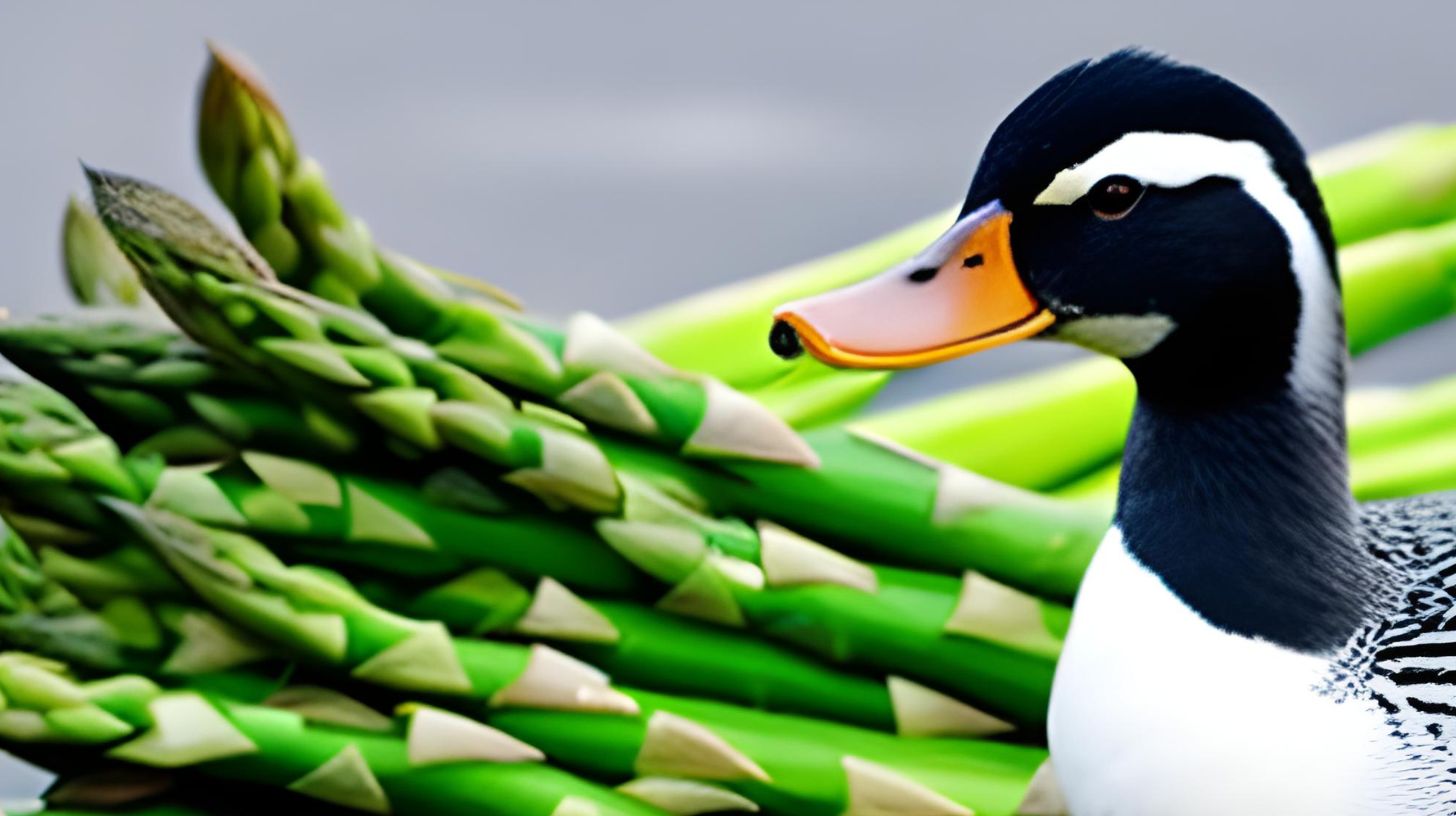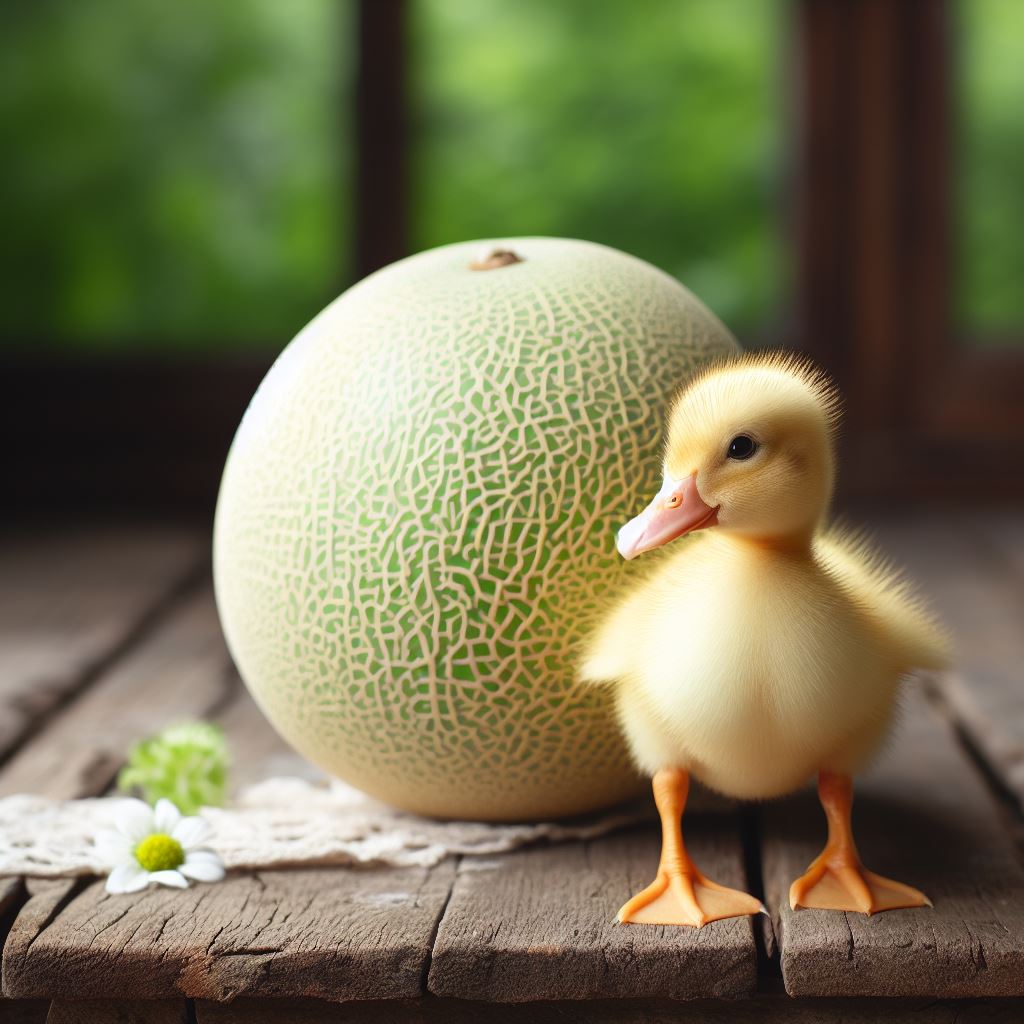What Are Ducks Feet Called and Why Are They Webbed?

Table of content:
Ducks are a type of waterfowl belonging to the Anatidae family. Their most distinguishing feature is their webbed feet which enable them to swim and paddle efficiently in water. But what exactly are ducks’ feet called and why do they have webbing between their toes?
Anatomy of a Duck’s Foot
A duck’s foot is referred to as a webbed foot. It contains the same basic bone structure as other birds, with a femur, tibiotarsus, tarsometatarsus, and phalanges (toes). However, ducks have evolved webbing or thin skin between their toes to help propel them in water.
The webbed foot of a duck contains the following parts:
- Toes – Most ducks have four toes on each foot. Three toes point forward and one points backward. Some species like the wood duck have only three front-facing toes. The toes contain claws at the end for grasping objects.
- Webbing – The skin or webbing between a duck’s toes is called interdigital membranes. This webbing allows them to paddle efficiently in water.
- Scales – The top and sides of a duck’s feet contain small scutate scales which protect their skin. These scales give their feet a bumpy texture and come in different colors like gray, yellow, or green.
- Paddles – The webbed feet essentially act as paddles that enable ducks to propel through water. The webs create resistance and thrust as a duck kicks its feet.
Why Do Ducks Have Webbed Feet?
Ducks have evolved webbed feet for a clear evolutionary advantage – swimming and paddling efficiently in water. Here are some of the main benefits of webbed feet for ducks:
Swimming and Diving
The webbed structure between a duck’s toes allows it to swim rapidly across water surfaces and dive easily. As it kicks its feet, the webs create resistance which enables ducks to propel themselves forward and achieve speeds faster than they could on land. The webbed feet act like miniature paddles with each kick.
Some duck species can swim at speeds over 10 mph thanks to their webbed feet structure. Having webbed feet allows ducks to swim away from predators, catch fast moving prey, migrate long distances over water, and more.
Maneuverability
The webbed feet also enable ducks to make quick turns and maneuvers in water. By spreading their toes, ducks can steer precisely even in tight spaces like dense vegetation. The webbed feet essentially act as small rudders that give ducks agility and control in water.
This maneuverability helps ducks catch prey, avoid obstacles, and escape from threats while swimming. It also allows ducks to take flight rapidly from the water’s surface.
Walking and Standing on Land
While webbed feet are not ideal for walking on land, ducks are able to waddle thanks to their unique structure. When walking, ducks turn their feet outward to prevent the webs from dragging. This causes them to waddle awkwardly with a side-to-side gait.
The webbed feet also provide stability for standing and perching on various surfaces like ice, mud, and aquatic vegetation. So ducks can feed, rest, and nest in a diversity of aquatic habitats.
Webbed feet allow ducks to move comfortably between aquatic and terrestrial environments. Ducks spend most of their time in the water but also have to walk and stand on land.
Temperature Regulation
The ample webbing present in ducks’ feet contains a high concentration of blood vessels. When swimming in cold water, ducks can adjust blood circulation in their feet to maintain a warm body temperature.
Constricting blood vessels minimizes heat loss from the webs. This prevents the duck’s feet from freezing and allows them to swim in icy waters.
Unique Adaptations in Different Duck Species
While all ducks have webbed feet, some species have evolved unique adaptations for their habitat and lifestyle:
- Dabbling ducks like mallards have wider webs to support them while feeding on water surfaces.
- Stifftail ducks have larger webbed feet with more surface area for diving and propulsion underwater.
- Sea ducks have stronger webbing and scaled feet to withstand saltwater environments.
- Torrent ducks have smaller webs with strong claws to grip rocky streambeds in rapid flowing water.
- Male mandarin ducks have orange sail-like webbing believed to attract mates.
So while all ducks need webbed feet, natural selection has shaped subtle differences to suit each species’ needs. The amazing diversity highlights how important webbed feet are for ducks’ survival.
Do Other Birds Have Webbed Feet?
Ducks are not the only birds to have webbed feet. Several other water birds have evolved webbing between their toes as well:
- Swans – Large webbed feet ideal for swimming.
- Geese – Only partially webbed but still adapted for aquatic life.
- Loons – Sharp webbed feet for diving and swimming underwater.
- Pelicans – Webs on all four toes to propel their large bodies.
- Cormorants – Strong webbed feet with sharp claws for catching fish.
- Gulls – Partial webs to walk on shore but also swim.
- Herons – Slight webbing on long toes to wade through water.
However, ducks possess the most specialized webbed feet structure optimized for rapid swimming, paddling, and diving in water. Their feet serve as their main mode of underwater propulsion.
Do Duck Feet Web Reduce When They Grow?
An interesting feature of ducks’ webbed feet is that the amount of webbing reduces as they grow into adults. Baby ducklings hatch with feet that are very extensively webbed with little space between their toes.
As ducks mature, the webbing recedes and gaps form between their toes. Adult ducks end up with fully formed separate toes connected by slightly thinner webs.
Researchers believe this change occurs because young ducklings need the extra webbing for stabilization but adult ducks benefit from more flexible toe control. The extensive webs would drag and hinder walking on land.
By starting with fully webbed feet and reducing them as needed, ducks get the ideal foot structure they need at each stage of development.
Fun Facts About Ducks’ Webbed Feet
Here are some additional fascinating facts about the webbed feet that enable ducks to thrive in aquatic environments:
- Ducks have approximately 1400 nerve endings in each webbed foot to sense vibrations underwater.
- The wrinkled scale pattern on ducks’ feet helps water roll off and improves paddle efficiency.
- Ducks have no nerves or blood vessels in their actual webs, only in their toes. This prevents cold webs from freezing their feet.
- Muscovy ducks are the only ducks without completely webbed feet since they perch on branches more.
- Ducks spread waterproofing oil from a gland near their tails to coat and waterproof their feathers and feet.
- Swimming uses 50% more energy for ducks than flying the same distance. Their webbed feet provide the paddling power needed.
Final Thoughts
Clearly, webbed feet provide major benefits that enable ducks to thrive as aquatic birds. Their efficient swimming, paddling, diving and maneuverability all depend on the webs between their toes. Ducks demonstrate how important adaptations like webbed feet are for the survival of a species in its ecological niche.
The unique structure of ducks’ feet has enabled them to successfully exploit rivers, lakes, ponds and other water bodies as their habitat. As humans learn more about nature’s clever designs, it continues to inspire our own technology like flippers and paddles modeled after ducks’ webbed feet.
Welcome. I’m Adreena Shanum, the proud owner of this website, and I am incredibly passionate about animals, especially poultry. I founded adreenapets.com as a labor of love, stemming from my desire to share my knowledge and experiences with poultry enthusiasts worldwide.




